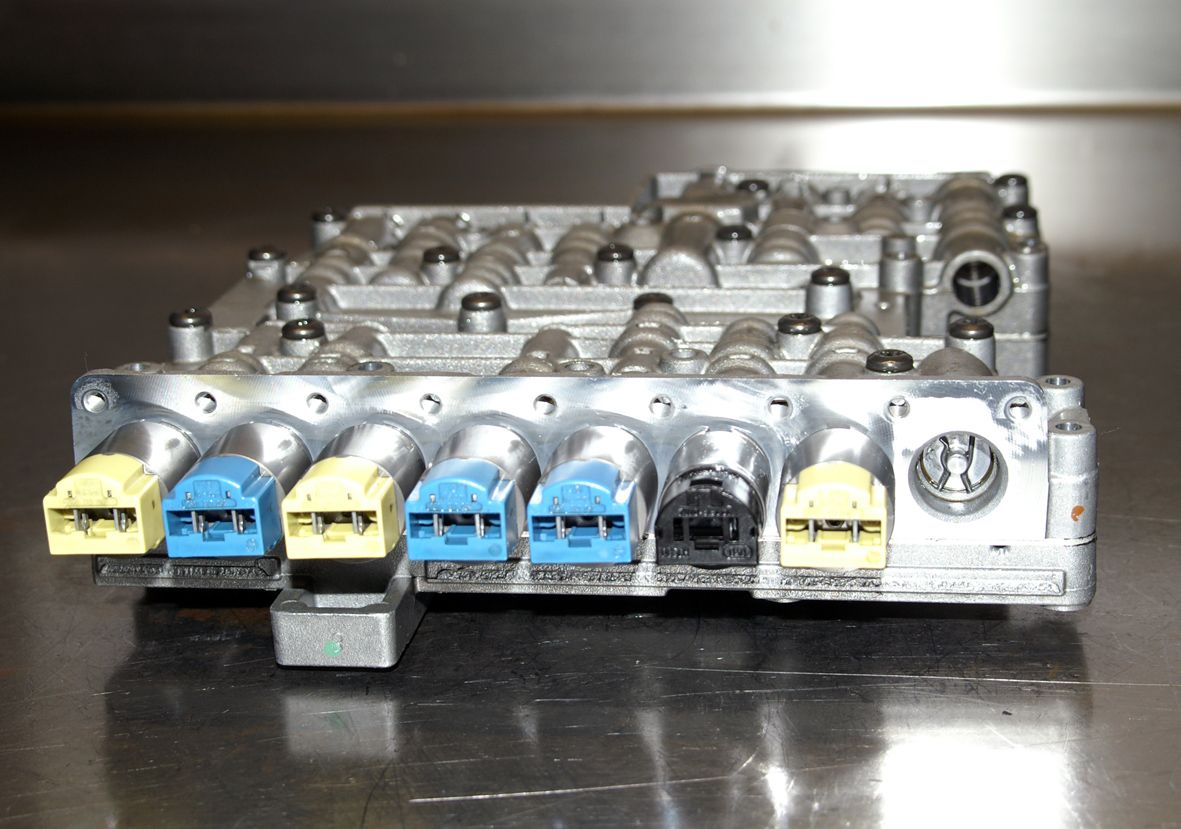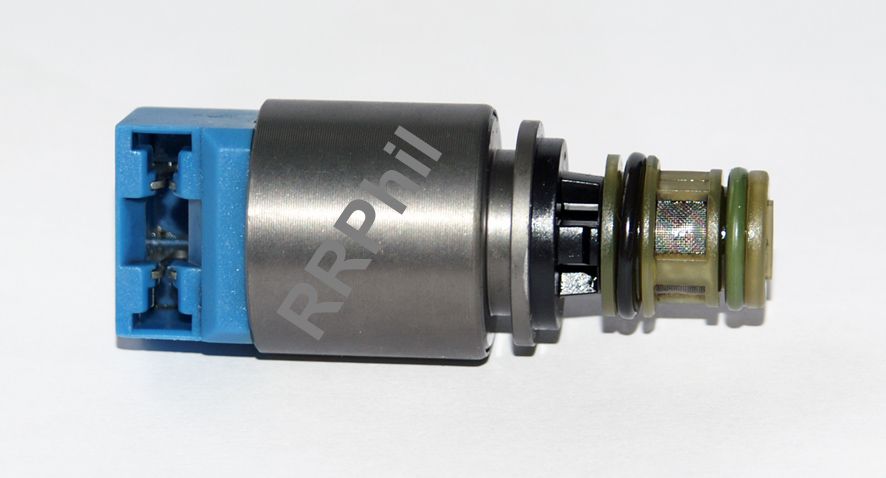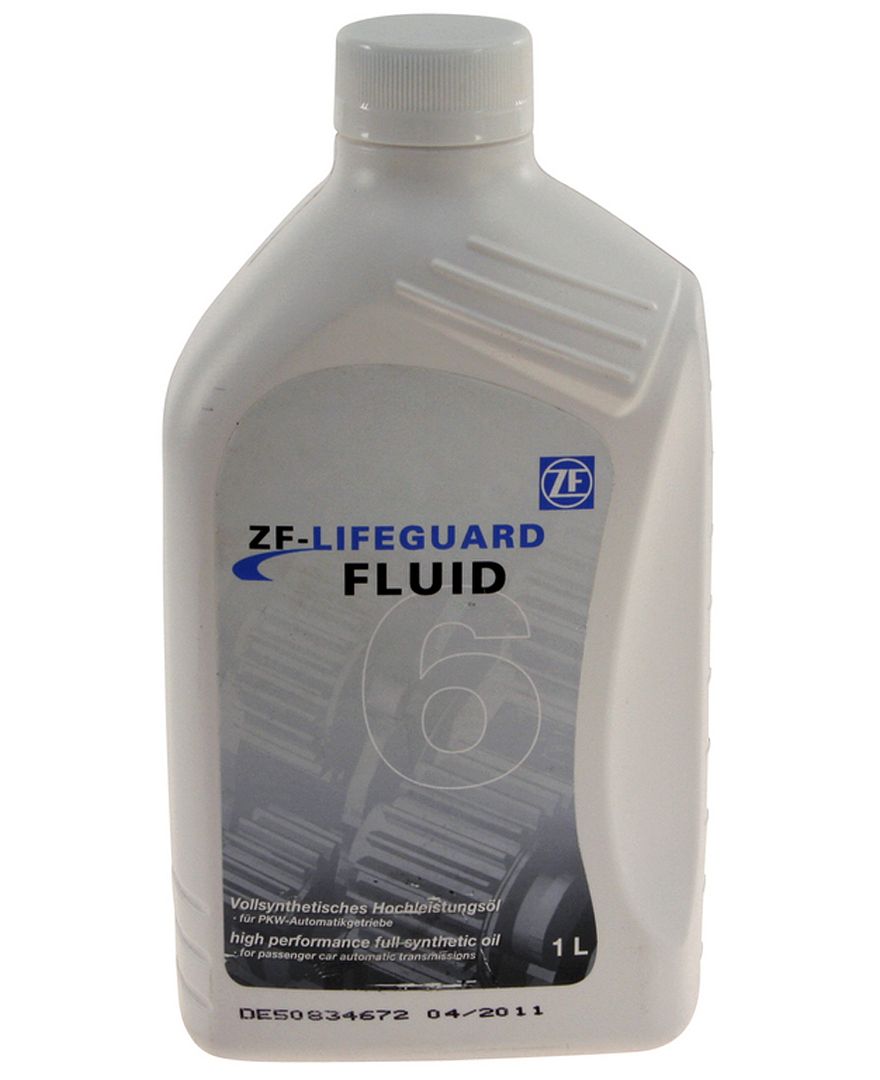Hi Guys
Sorry if this has been asked 1000 times, but i'm in the predictable situation of a totalled TDV8 6 speed gearbox. She has 170,000 miles, and as far as i can see never had any gearbox love...
Currently dropped into 'limp' mode once warm. Had the diagnostics and all gears are incorrect, along with loads of other things!
It seems i have 3 realistic options:
Most costly (£4k) - Local trusted transmission specialist full strip down rebuild with genuine parts and re-fit.
Medium cost 1 (£2k) - Buy a pre-owned box from ebay (or similar) with 'warranty', and get local trusted guy to fit.
Medium cost 2 (£2k) - A company called LR TECHNIC has given me a very good price to take away, rebuild and refit.
Firstly, anyone had any experience with LR technic? A rebuild of mine with good parts seems the best option and cost to me???
Secondly, anyone have any thoughts/experience on buying a 'used' box, as i would rather give the local guy my money rather than an unknown?
Thanks, Matt
Sorry if this has been asked 1000 times, but i'm in the predictable situation of a totalled TDV8 6 speed gearbox. She has 170,000 miles, and as far as i can see never had any gearbox love...
Currently dropped into 'limp' mode once warm. Had the diagnostics and all gears are incorrect, along with loads of other things!
It seems i have 3 realistic options:
Most costly (£4k) - Local trusted transmission specialist full strip down rebuild with genuine parts and re-fit.
Medium cost 1 (£2k) - Buy a pre-owned box from ebay (or similar) with 'warranty', and get local trusted guy to fit.
Medium cost 2 (£2k) - A company called LR TECHNIC has given me a very good price to take away, rebuild and refit.
Firstly, anyone had any experience with LR technic? A rebuild of mine with good parts seems the best option and cost to me???
Secondly, anyone have any thoughts/experience on buying a 'used' box, as i would rather give the local guy my money rather than an unknown?
Thanks, Matt



